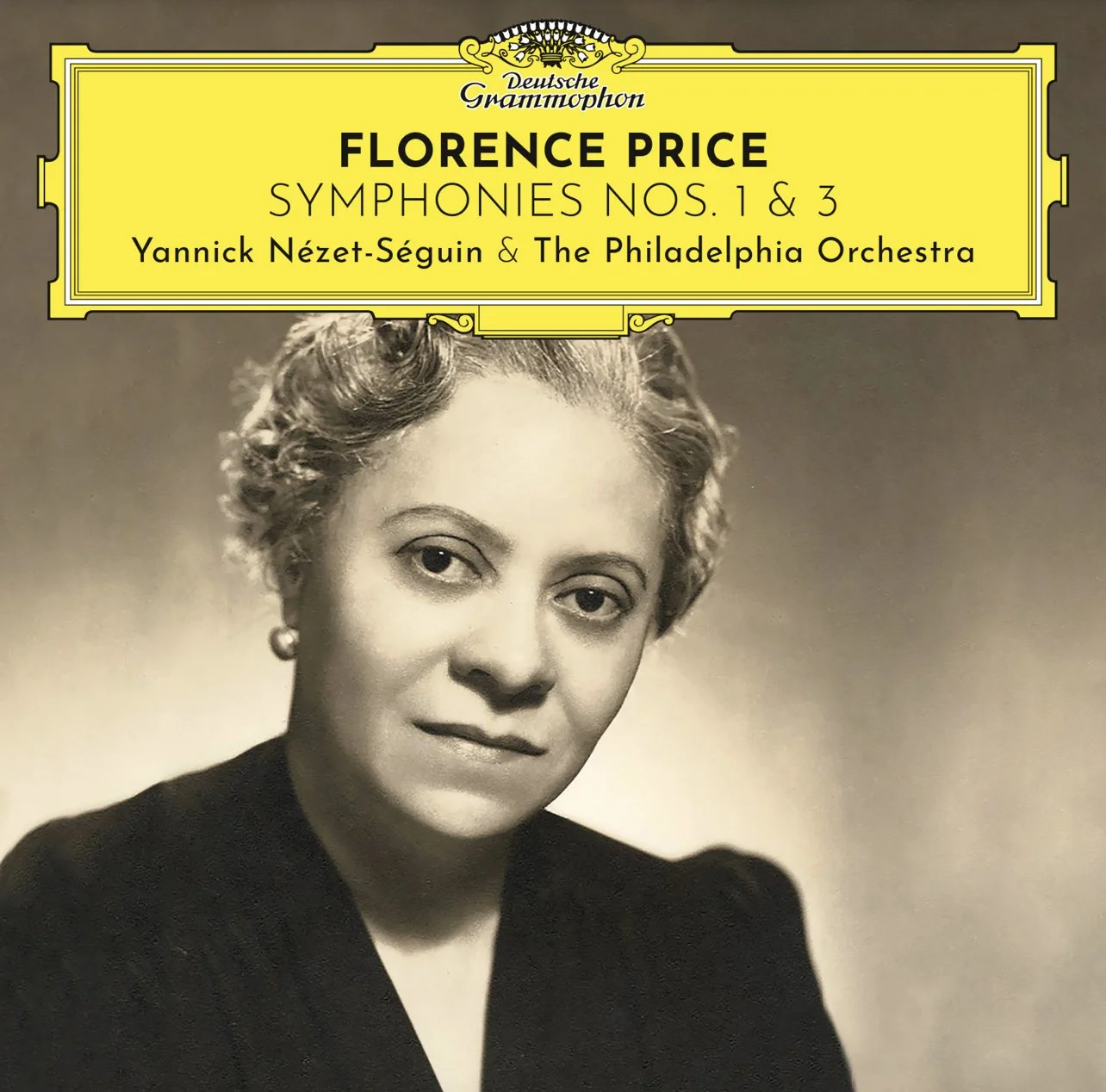FLORENCE PRICE: Symphonies Nos. 1 & 3–Philadelphia Orchestra/Yannick Nézet-Séguin
An interesting DG release of an early 20th century African American female composer. Florence Price (1887-1953) was hitherto unknown to me and I was quite surprised we had never crossed musical paths as she is very well represented on disc. Roon suggests 41 recordings of her work, much of the repertoire small scale: instrumental, vocal and chamber works in addition to Price’s 4 symphonies (1, 2 and 4 available to stream on Qobuz).
Price was a New England Conservatory-trained composer, an Arkansan, but lived most of her musical life in Chicago. She was the first African American female composer of symphonic works to have her music played by a symphony orchestra. In fact, her Symphony No. 1 in E minor (1931) included on this disc was premiered by none other than the Chicago Symphony Orchestra conducted by Frederic Stock.
As I knew nothing about her prior to this review, I listened to some of her smaller works first and followed along with the scores on IMSLP. Luckily, the symphonies are available on Issuu, linked free (1st, 3rd).
Both symphonies are tuneful if four square but lacking in serious counterpoint and development. They are balanced in favour of the Brahmsian style especially in both opening moments with some Dvořák and her American contemporaries thrown in.
The Symphony No.1’s scherzo is called ‘Juba Dance’, catchy and rhythmic, but ultimately forgettable. To be completely honest, by the finale, a poor New World Symphony cobble with no motivic development, I was feeling very fidgety. On to the 3rd (1938).
More melodic development here, but still the four square, rinse/repeat formula of composition with little harmonic sophistication. It’s pleasant, no more. Price fares better in a quite lovely ‘Andante’, but soon after, it’s more of the same.
As performances, the Philly band under their brilliant conductor could sightread this music in their sleep. The performances I assume will be definitive. The recording is boomy and somewhat unfocused. On my reference system, DG’s recording sounds nothing like their recent stunning Philadelphia recordings, such as the Rachmaninov series.
I wish I could be more enthusiastic as this release has received its fair share of excited PR. But the recording is inspired, possibly, by the need for musical organizations to appear diverse.
No doubt Price suffered great inequality and racism, and, an unhappy, abusive marriage did not make things better. But she did have good training and gained some notoriety in her home city. Her talent, on this evidence, was limited. And the large musical canvas was not her natural form.
There is another recording on Roon of Price symphonies, played by an Arkansas per service orchestra which serves her music quite well (and one from Vienna Radio sources). However, when a composer gets an important release on the major classical label of the day played by one of the world’s great orchestras under one of the finest conductors, it demands attention and comparison. As such, my criticisms stand.
Price is better suited to smaller scale works, her melodic and somewhat interesting Piano Quintet and her salon pieces. Elgar started the same way, also excelling in these forms. However, somewhat inexplicably, he followed these minor works at 40 years old with Enigma Variations. Price did not develop from her charming salon pieces to anywhere near the same level.



